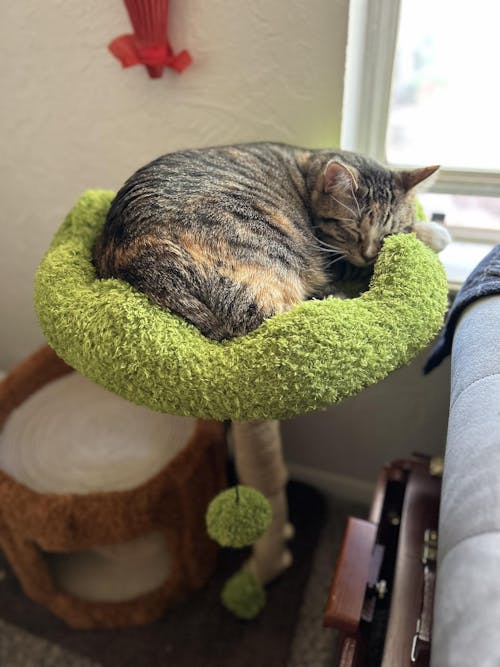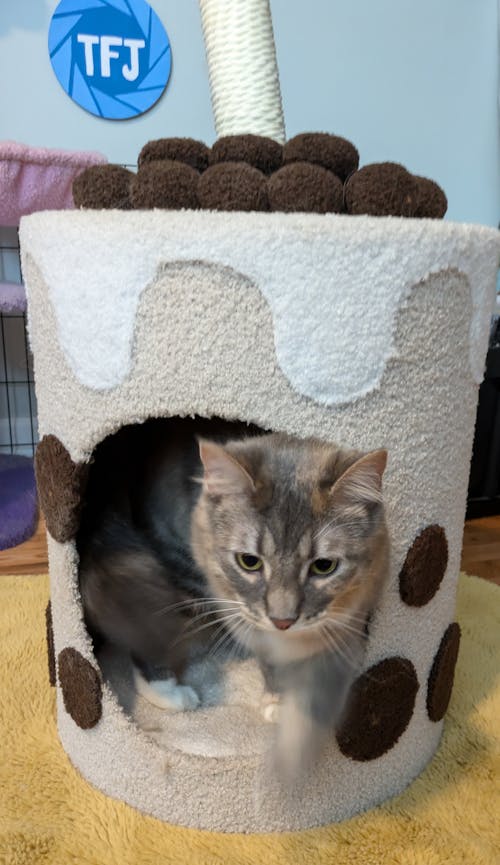Is Tofu Cat Litter Edible for Cats? Discover the Truth About Safe and Eco-Friendly Cat Litter
Every pet owner wants their pet to remain healthy and happy, and choosing the right cat litter is a big part of that. Eco-friendly and designed with your cat’s needs in mind, tofu cat litter is becoming a popular alternative to traditional clay litter. But with its appealing scent, some cats might be tempted to taste it. So, what happens ifthey do? Is tofu cat litter safe for your cat to eat?
In this article, we’ll dive into what tofu cat litter is, whether it’s safe for consumption, and why it might be the best option for your cat’s environment and health. By the end of this blog post, you'll have a clear understanding of why tofu cat litter is a top choice for conscientious cat owners.
What is Tofu Cat Litter?
Tofu cat litter is more famous nowadays due to its dust-free premium quality. It is made from soybean pulp, bean flour, vegetable adhesives, and corn starch, which makes it natural. Due to these food-grade ingredients, this cat litter is non-toxic and safer for cats than traditional cat litter. The main benefit of tofu cat litter is that it is completely plant-based and free from artificial additives and harmful chemicals. Since its natural components break down more quickly and encourage a more sustainable home, it's also a greener option that can be composted or flushed down the toilet regularly.
Is Tofu Cat Litter Safe for Cats to Eat?
Feline Safety: Non-Toxic Composition:
The non-toxic nature of the tofu cat litter is one of the major advantages that makes it eco-friendly. Because it is made from all-natural ingredients, it is not harmful to the cat's health if they eat. Furthermore, as we discussed above, cat litter breaks down naturally because its biodegradable property can reduce the risk to your pet and the environment.
Why Cats Might Eat Litter:
There are some common reasons why cats might eat litter.
1) Tofu cat litter's hungry scent and texture create exploratory nibble.
2) Cats with nutrition deficiencies eat it to supplement their nutritional intake.
3) Cats' boredom and stress lead to some unusual eating habits.
Health Implications:
While tofu cat litter is completely safe, if your feline eats it in small portions, you still need to know some health implications.
If your cat eats tofu cat litter in large amounts, it can create digestive issues such as blockage and gastrointestinal upset. So, keep an eye on your pet. If you see symptoms like changes in appetite or vomiting, immediately consult a veterinarian.
Benefits of Tofu Cat Litter
Offers excellent moisture absorption, helping to keep the litter box dry and odour-free.
Easy to clean and environment friendly.
Made from plant-based and biodegradable materials.
Reduce dust and chemical-free composition.
Breaks down naturally, offering an eco-friendly alternative to traditional cat litters.
Due to food-grade ingredients, the owner feels peace of mind knowing that the litter is safe and gentle.
Conveniently disposed of in the toilet, reducing landfill waste and making cleanup easier.
Consumer Feedback
Case Studies:
I have tried every product you can think of over the years. 2 active digestive track cats do a number on the litter daily. I almost had to clean it twice a day, or the urine smells would take over. The Tofu cat litter is the best, hands down. It baffles me that it actually rids the litter of the ammonia smell. HOW IS THAT EVEN POSSIBLE!?!? No smells come from that box unless my one cat is being lazy and didn't decide to cover his poop (something he does no matter what litter I use.) My past favorite littler was "World’s best cat litter". You will get more from them for about the same price, but the clumps from urine are HUGE compared to the Happy & Polly. Both are flushable as well (as long as they have the pea pod Happy & Polly. Not sure how safe it is to flush on a septic system, but I live in the city and my pipes are still clean and unclogged after 15 years of flushing.
If you are hesitating about getting this based on some bad reviews, please try it. I can guarantee you have not found a better litter than this one.
Common Myths of Tofu Cat Litter
Myth 1: Not Enough Absorption:
The most common myth is that tofu cat litter is not absorbent enough compared to traditional silica-based or clay litter. However, the premium quality tofu litter for cats is highly absorbent, effectively controls odors, and locks moisture.
Myth 2: More Expensive:
Due to its effectiveness and longevity, tofu cat litter may be expensive sometimes, but on the other hand you can save money in the long run. Its absorption and odor control quality make it cost-effective.
Myth 3: Isn't Environmentally Friendly:
Some may believe that tofu cat litter isn't as eco-friendly as claimed. Reducing the amount of garbage in landfills is a sustainable solution consisting of plant-based, biodegradable, and compostable materials.
Conclusion
Certainly, tofu cat litter is one of the best cat litter considering the consumers and the earth’s requirements. All the above attributes enable using tofu cat litter as total pet care without adversely impacting society. If you decide it and you want to try tofu lean protein cat litter then buy it now before it’s too late. For the first order, you should copy and paste the code TOFU20 to get a permanent 20% discount on tofu cat litter. Switch to Happy & Polly today, and you get extra quality, safety features, and friendly to the environment.
You can also reach us directly or write your concerns here. We welcome your feedback. Feel free to share your experience or any questions that you might have had about tofu cat litter below in a comment.
 As Seen On
As Seen On

 Our Blog
Our Blog










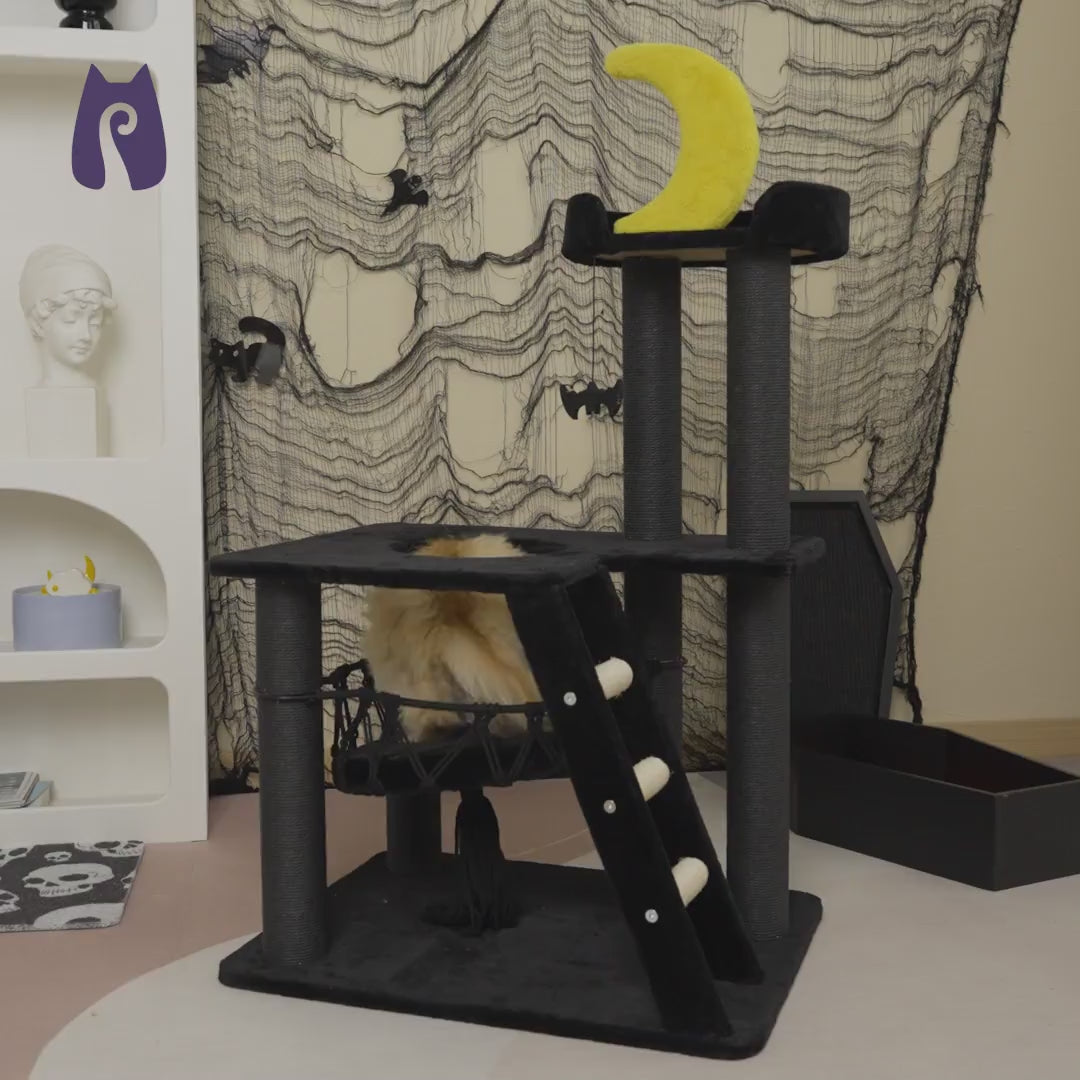


















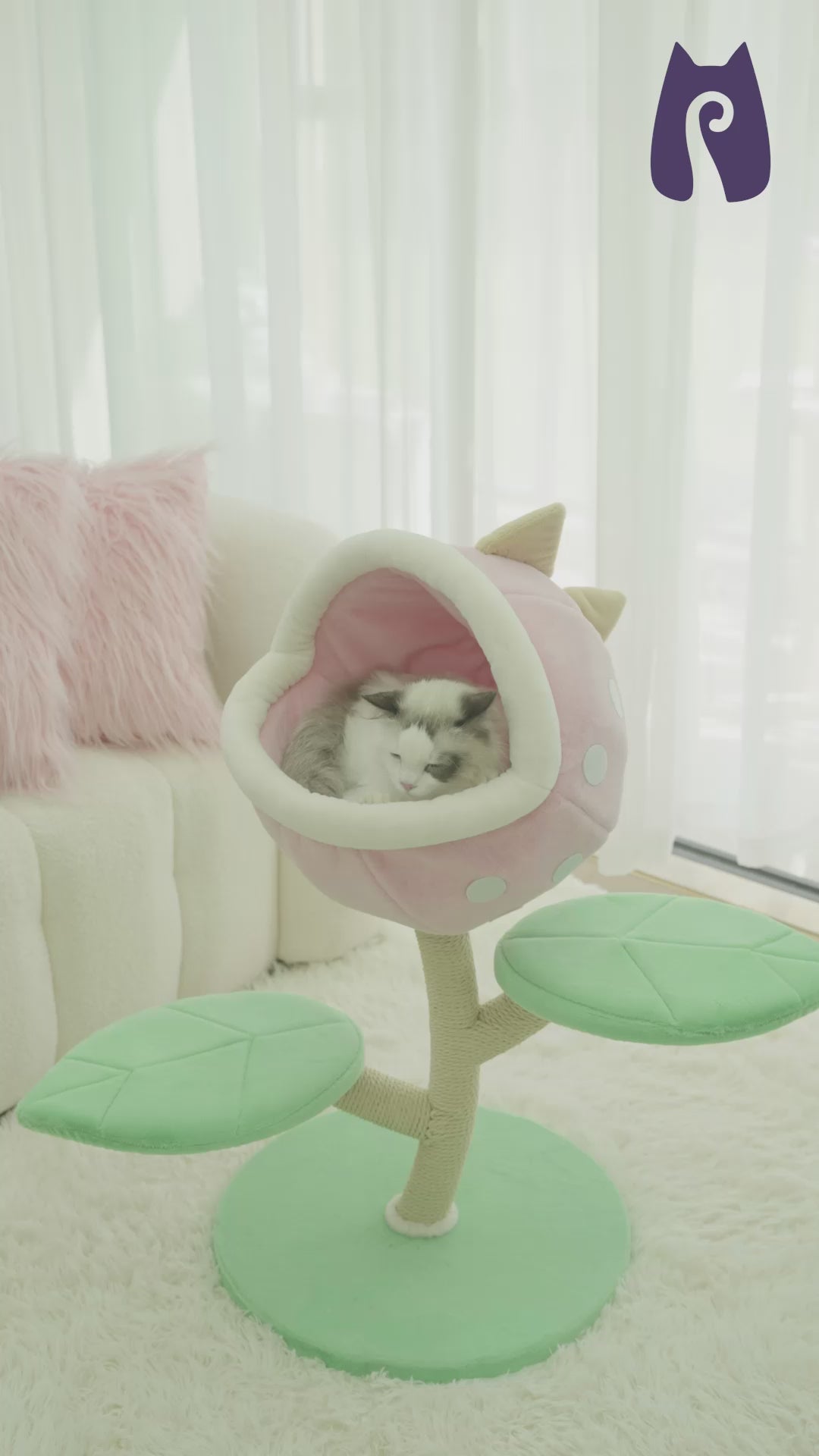













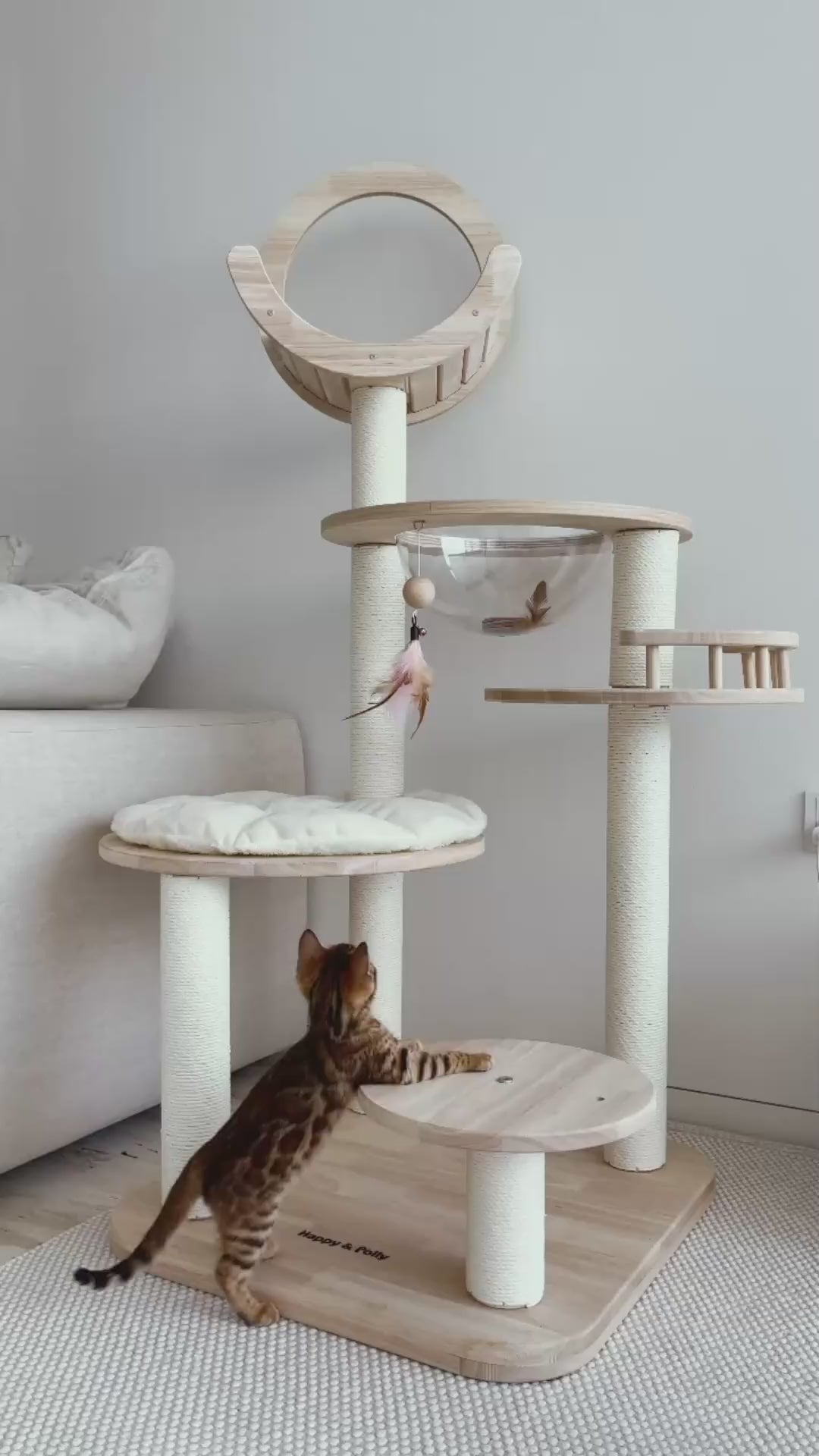



















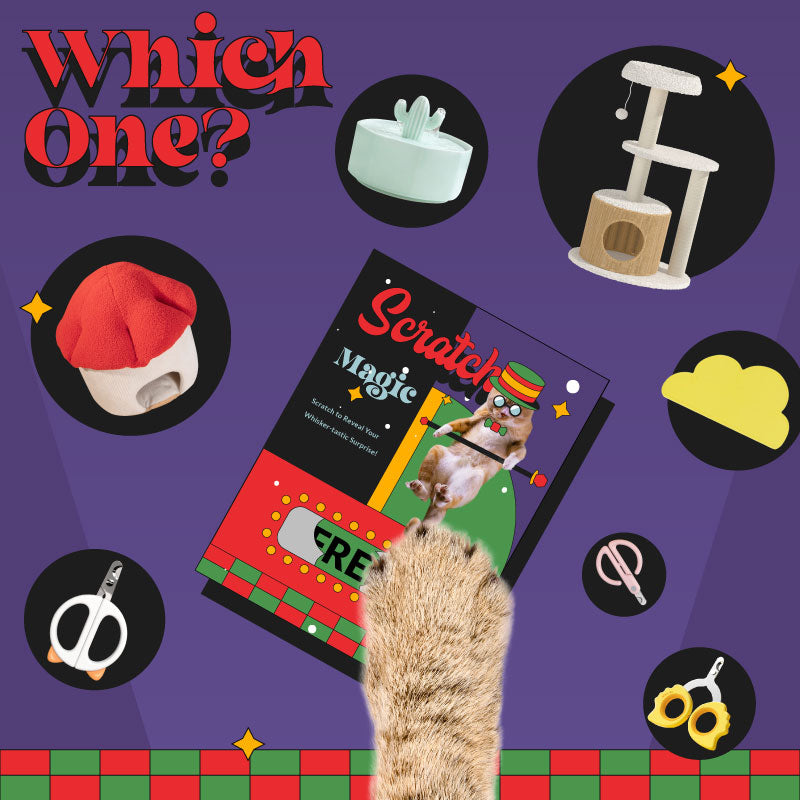







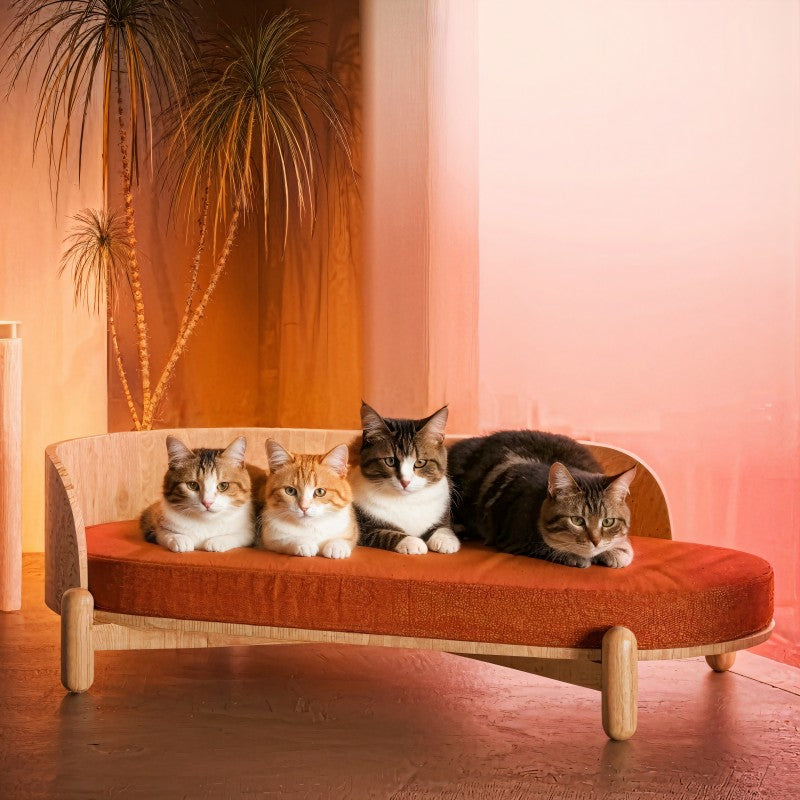
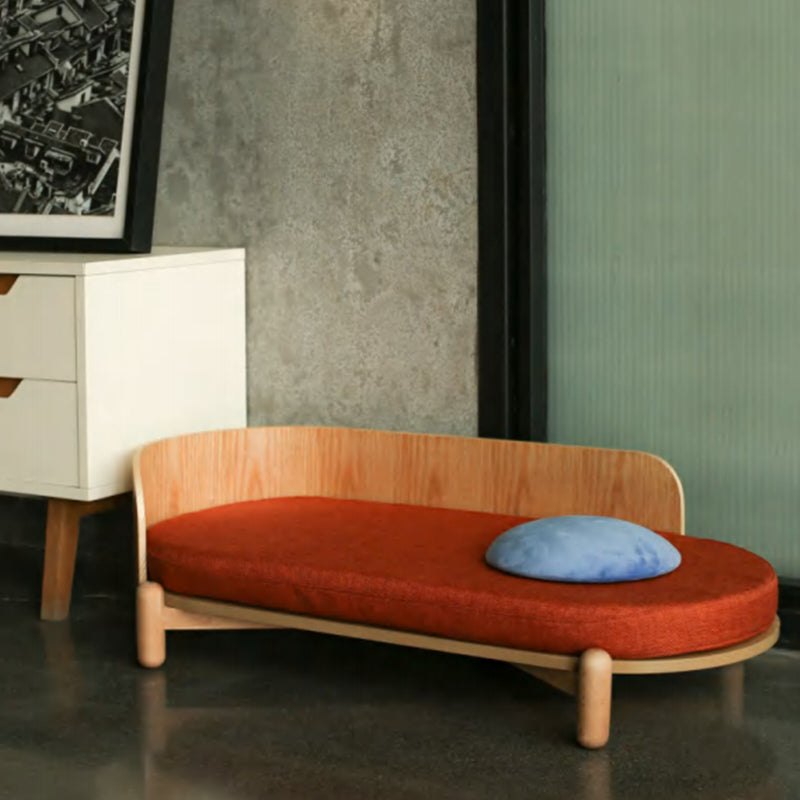
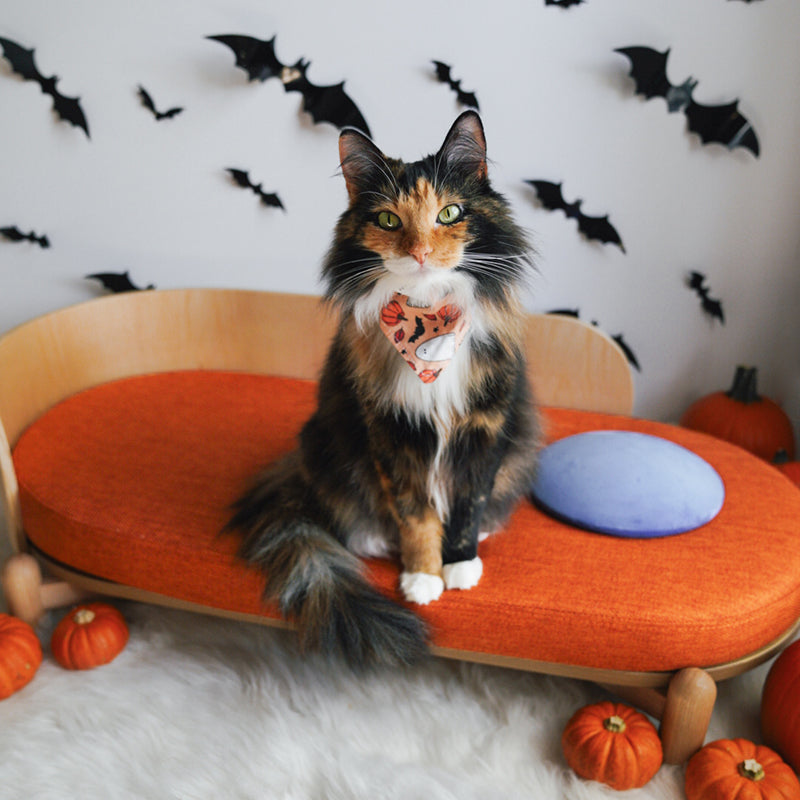
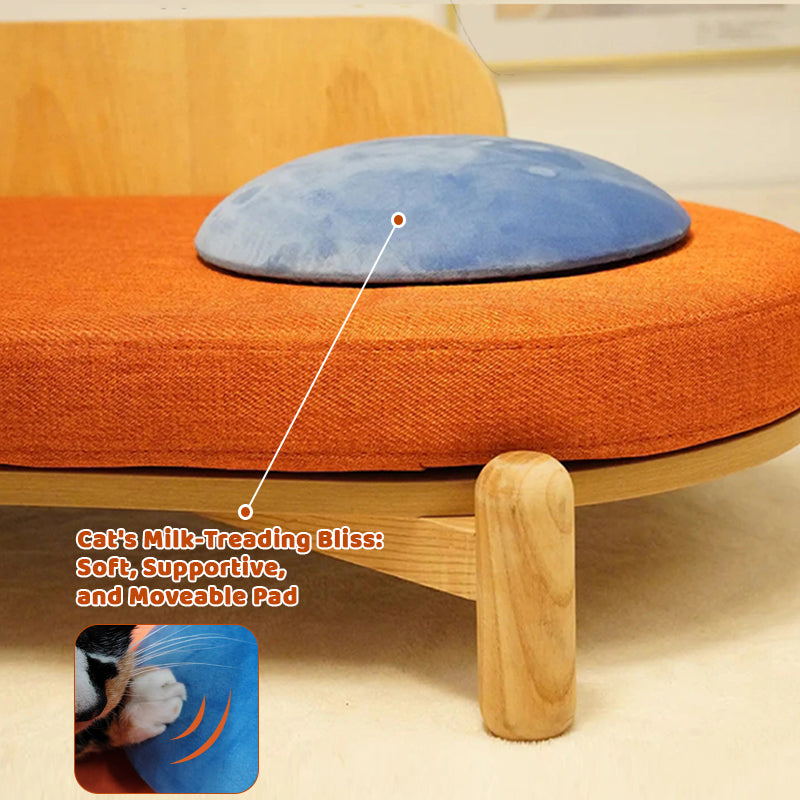
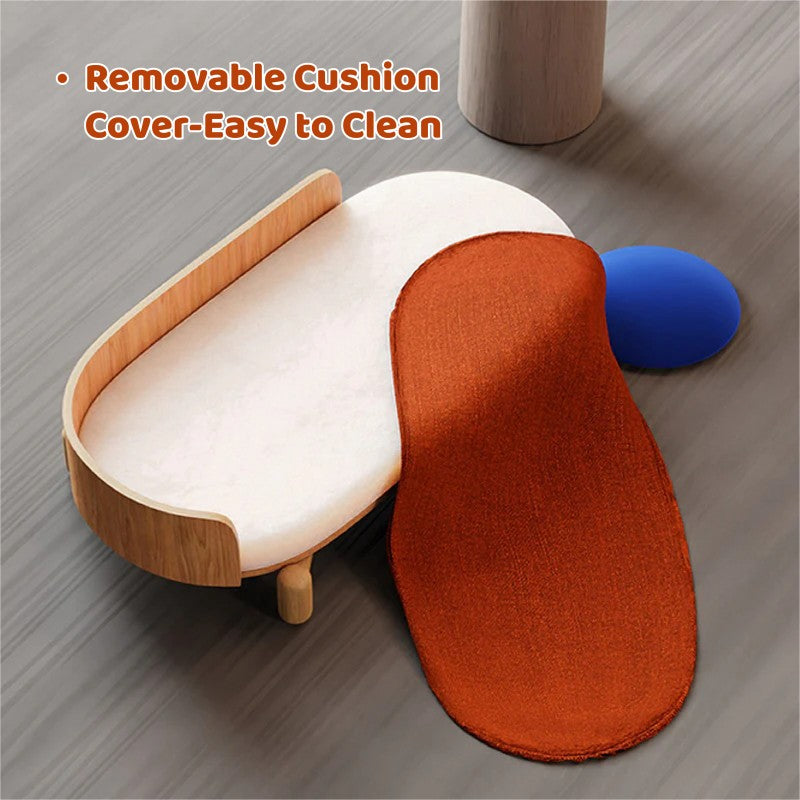









































 SHARE
SHARE TWEET
TWEET PIN
PIN